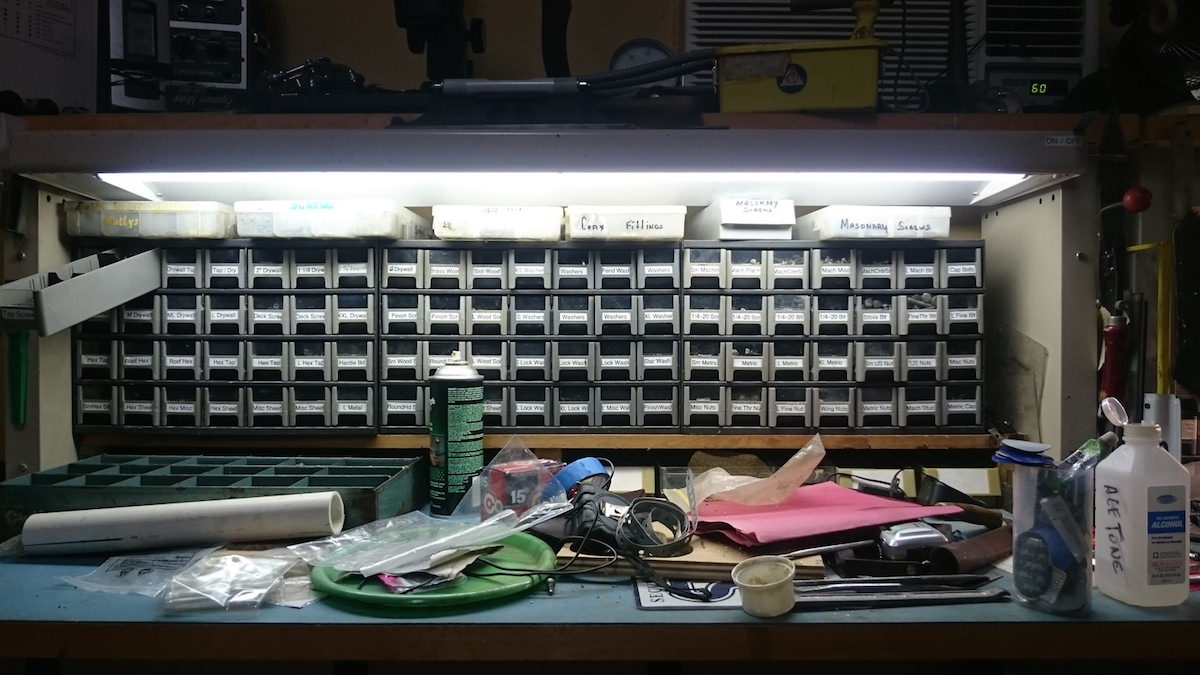
NOTES AND NEWS
Determining lab building vibration criteria: consequences vs. interference
There’s an art to developing floor vibration criteria, and the complexity increases when there aren’t explicit limits given to us by tool vendors. Even when those vendor-supplied instrument criteria are available and realistic, we need to think about what those criteria mean and how aggressively we should view risks to the project.
What do we do with crazy noise or vibration criteria?
As acoustical and vibration consultants, we are sometimes presented with what we call “non-physical criteria.” Non-physical criteria are usually predicated on the misunderstanding that it is possible to eliminate these contaminants.
Bright-line vibration and noise criteria
If you’re outfitting a low-vibration imaging suite or laboratory, you’ve probably had to read a few tool installation guides for off-the-shelf (as opposed to hand-built) instruments. One problem with floor vibration criteria for laboratory instruments is that—unless we helped develop the criterion—we never get to see an “error-vs-vibration” dataset.
Building vibration and outlier research lab sensitivities
When it comes to vibration sensitivities, most lab groups operate fairly routine research programs. But if “most” groups run “ordinary” programs, then you shouldn’t be surprised when you run into one group with an extraordinary program. This happened to me many years ago, and it completely opened my eyes to the incredible diversity in R&D.
How instrument criteria are developed: regimes of interference
In a previous post, we wrote about how realistic laboratory vibration criteria for sensitive tools like electron microscopes could be developed from data relating performance to vibration level. Having real data is important for both customers and consultants, since non-physical criteria aren’t helpful to anyone. In this post, we discuss where a useful criterion might fall on that curve.
How instrument criteria are developed: “error-vs-vibration”
Many laboratory instruments are exquisitely sensitive to “energetic contaminants” like vibration, noise, and electromagnetic interference. It’s not always easy reading and interpreting these criteria; they’re sometimes confusing even to vibration consultants. But to be honest, it’s not easy developing them, either. So, where do these criteria come from, and what do they mean?






